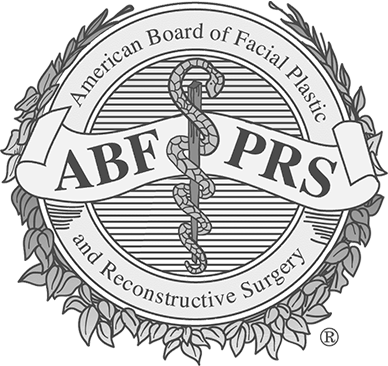Am I a Candidate?
What makes someone a good candidate?
Hair loss falls on a spectrum from a full head of hair to totally or near-totally bald. There are an infinite number of individual degrees of hair loss in between those two extremes. The best candidate is one who is not totally bald and will likely not ever go totally bald. Hair loss can be very advanced, but a long-term adequate supply of donor hair from the back needs to be available for actual and anticipated future hair loss.
Is there an age limit for hair transplantation?
Yes, 22 years old is the youngest patient we transplant at Utah Hair Restoration. If the person is younger than 22, their pattern of hair loss may not yet be established. It becomes difficult to anticipate what will happen in the future before age 22. Further, in someone who is 22 but already has advanced loss, it becomes clear that the person will ultimately go on to lose all or nearly all their hair. In this situation, other options besides a hair transplant may be the better option. If we can start the person on Propecia and the hair loss can be stabilized, then a hair transplant might be considered. There is no upper limit for hair transplant as long as the person enjoys relatively good health. At Utah Hair Restoration, we have transplanted patients even into their 70′s.
Is one hair transplant session all that is necessary or are multiple sessions possible/necessary?
This question is difficult to answer broadly as everyone’s hair replacement needs and expectations vary. With each session, generally involving 1750-2500 grafts, we try to accomplish several goals:
#1 Each hair transplant session should address the area of greatest need and usually involves establishing the frontal hairline
#2 Each hair transplant session should look 100% natural. No one should ever be able to tell someone has had a hair transplant when done at Utah Hair Restoration.
#3 Each hair transplant session should stand on its own. Basically what that means is that each session should look totally natural and should look totally natural forever. It should also not be part of a process where multiple sessions are required and the person looks strange in between sessions. Having said that, one session may not always be enough hair to give the person a full head of hair. People with mild to moderate loss will often need only one session. People with advanced loss will usually desire more than one session. But again, additional sessions should never be “required” to get or keep the person looking natural.
From where is the hair taken?
The hair is taken from the back of the head. Hair in the back of the head is usually genetically programmed to be insensitive to the hormone DHT, the hormone that causes hair loss in the front. This hair, once transplanted to the front, will remain forever as long as it was never going to fall out in the back. Hair is harvested by taking out a strip, approximately 1-1.5 cm wide and extending from the top of the ear to the top of the ear on the other side. Closure of the wound is then done using a special technique designed to leave you with a narrow and almost imperceptible scar. Hair in the back can be worn very short without the scar being visible.
How much does a hair transplant cost?
Please click HERE for a list of Utah Hair Restoration fees for a hair transplant. The majority of patients will require a large session hair transplant. We don’t charge by the graft, but rather charge for the entire session. How do I schedule a consultation?
If you are still not sure whether you are a good candidate, or if you have other questions, please complete the Online Consultation Request form and please send any pictures you may have. We will respond within one business day to help you arrange for your consultation appointment. Dr. Bitner will respond personally and give you his honest opinion about your candidacy for surgery.

